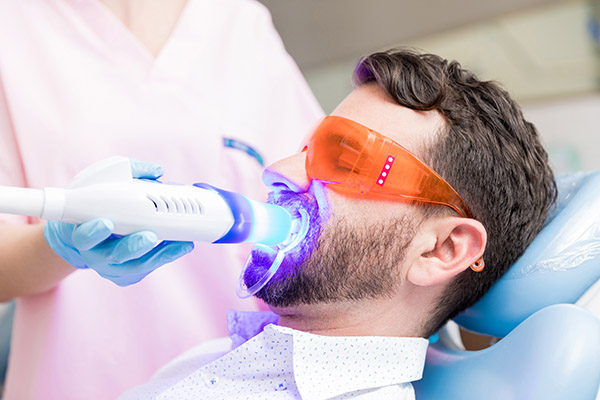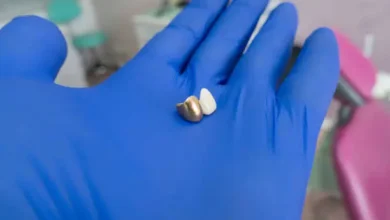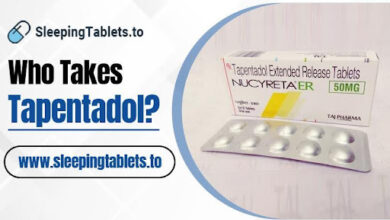Can Teeth Whitening Remove All Stains?

Teeth whitening is one of the most popular cosmetic dental treatments, offering a brighter, more radiant smile. But a common question remains: can teeth whitening effectively remove all types of stains? In this article, we’ll explore the different types of teeth stains, how whitening works, and the effectiveness of this treatment on various stains.
Types of Teeth Stains
Understanding the type of stain on your teeth is crucial in determining how effective whitening treatments can be.
Extrinsic Stains
These stains appear on the tooth surface, caused by everyday factors such as food, drinks, and smoking. Common culprits include coffee, tea, red wine, and tobacco, which leave residues that can gradually stain the enamel.
Intrinsic Stains
Intrinsic stains occur within the tooth, often due to internal factors such as medication use, trauma, or the natural ageing process. Examples include staining from tetracycline antibiotics, fluorosis, and general discolouration that develops over time.
How Teeth Whitening Works
Teeth whitening treatments generally use bleaching agents, like hydrogen peroxide, to break down stains on the tooth enamel. There are three main types of whitening methods:
In-Office Whitening
Professional whitening, performed by a dentist, uses high-concentration whitening agents for faster, longer-lasting results.
Take-Home Kits
Custom-made trays with professional-grade whitening gel allow patients to whiten at home under dental supervision, achieving gradual results.
Over-the-Counter Products
These products, such as whitening toothpaste and strips, contain lower-strength bleaching agents and may take longer to show results.
Each method varies in its ability to treat extrinsic and intrinsic stains, which we’ll discuss next.
Can Teeth Whitening Remove All Stains?
Now to the big question: can teeth whitening remove all types of stains? The answer depends on the stain type and its severity.
Extrinsic Stains
Teeth whitening is generally effective at removing extrinsic stains. Surface-level discolouration caused by diet and lifestyle habits often responds well to both in-office and at-home whitening treatments. However, particularly stubborn stains may require multiple treatments for full removal.
Intrinsic Stains
Whitening treatments can be less effective on intrinsic stains, which are embedded deeper within the tooth structure. Discolouration from medications like tetracycline or from fluoride overexposure often resists traditional whitening methods, requiring alternative cosmetic solutions.
Grey or Bluish Stains
Stains with grey or bluish tones, often a result of dental trauma or certain medications, are some of the most challenging to remove with whitening. While some improvement may occur, full removal is unlikely.
If you’re considering treatment, a consultation with a professional, such as the teeth whitening Adelaide service, can help determine which stains are treatable and which may require alternative solutions.
Alternative Solutions for Intrinsic Stains
For those with deep intrinsic stains that whitening treatments can’t completely address, several alternative options are available:
Dental Veneers
Veneers are thin, custom-made shells placed over the front of teeth, effectively covering deep stains and providing a natural-looking, bright appearance.
Bonding and Crowns
Dental bonding can address discolouration on specific teeth, while crowns cover the entire tooth, offering a more uniform colour for severe staining cases.
Internal Bleaching for Root Canal Treated Teeth
For teeth discoloured by trauma or root canals, internal bleaching may be an option. This process involves placing a bleaching agent inside the tooth for gradual whitening from within.
How to Maintain Whitening Results
Whitening results can be prolonged with good habits and minor lifestyle adjustments:
- Diet and Lifestyle: Reducing consumption of stain-causing foods and beverages can help keep your teeth whiter for longer. If you do consume these, using a straw or rinsing your mouth afterward can minimise staining.
- Oral Hygiene: Brushing and flossing regularly helps remove plaque that can lead to discolouration.
- Routine Touch-Ups: Periodic touch-up treatments, whether in-office or at home, can help maintain your teeth’s brightness over time.
Conclusion
While teeth whitening is effective for many surface stains, it may not fully remove intrinsic or deep discolouration. Understanding the types of stains and exploring alternatives can help you find the best solution for a bright, confident smile. For a personalised approach, consult a professional about treatment options and additional solutions.



